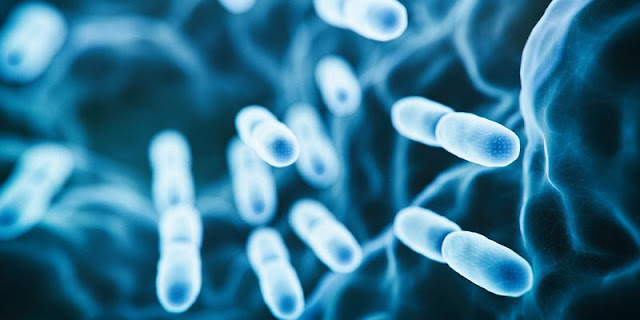Paper wasps form abstract concept of 'same' and 'different'
The University of Michigan evolutionary scientist Elizabeth Tibbetts and her colleagues have shown over the course of more than 20 years' worth of research that paper wasps, despite having tiny brains, have an outstanding ability for learning, memory, and social differences about others.
The study demonstrated that paper wasps can distinguish between members of their species based on differences in face markings and that they are more hostile toward wasps with unusual markings.
They demonstrated that paper wasps have unusually strong memory and that they guide their behavior based on what they recall from earlier contacts with other wasps. Additionally, they revealed the paper wasp as the first example of transitive inference, a nonvertebrate animal behavior that approaches logical reasoning.
Paper wasps may now be used to create abstract notions, according to Tibbetts and her pupils. Surprisingly, the wasps demonstrated the ability to apply what they had learned through visual training to a new sensory modality: scent.
The ability of paper wasps (Polistes fuscatus) to acquire and apply one of the most fundamental abstract concepts—the idea of sameness and difference—was examined using laboratory exercises.
The wasps were taught to discriminate between pairs of stimuli that were either the same or different, such as two colored pieces of paper, two images of wasp faces, or two chemical scents. An electrical shock that was modest but unpleasant was connected to one set of stimuli but not the other.
The capacity of the stinging insects to escape an electric shock by choosing the "right" pair—the one linked to safety—after being exposed to fresh pairs of stimuli (either identical or different) was then evaluated.
According to the researchers, the previously trained wasps selected the right option more than 80% of the time. The team's research was presented online on July 20 in the Proceedings of the Royal Society B publication.
According to Tibbetts, a professor in the U-M Department of Ecology and Evolutionary Biology, "our findings demonstrate the wasps understood the broad notion of sameness and difference and applied it to new samples and different sorts of stimuli."
"There has been a great deal of curiosity in which animals can construct and utilise abstract notions since it is assumed that they are connected to highly developed cognitive abilities. This is the first time that it has been demonstrated that wasps can create abstract ideas."
In the past, it was believed that only primates were capable of acquiring the same topic in two separate ways. However, further studies revealed that numerous species, including crows, pigeons, parrots, dolphins, ducklings, and honeybees, exhibit same-different notions.
The U-M scientists are currently include paper wasps on the list. Chloe Weise, a former master's student at the University of Michigan who graduated last spring, is the study's first author in Proceedings of the Royal Society B.
According to Weise, "concept development is a cornerstone of difficult activities like language, analogy, and awareness." Our findings add to the expanding body of research showing that insects' tiny neural systems do not prevent them from engaging in complex actions.
Female paper wasps were gathered on their nests in the locations of Ann Arbor, Michigan, for the study. The wasps and their nests were kept in the laboratory and fed waxworms, sugar, and water.
Individual wasps were trained and tested in a tiny chamber made of plexiglass and balsa wood to see if they could understand and use same-different notions.
The simultaneous two-item same-different task was used to train and evaluate the wasps. The study included three different sorts of stimuli, including colorful paper, pictures of wasp faces, and the aromas of substances known as alkenes, which are similar to the fragrances that wasps use to recognize nestmates.
According to the laboratory studies, wasps that had been exposed to visual cues could translate the idea of sameness and difference to smell stimuli.
Wasps remarkably implemented the idea of similarity and difference between sensory modalities, transferring knowledge gained in the visual domain to the odor domain, according to Weise. Therefore, our findings show that Polistes are adept at understanding abstract connections between inputs.
After honeybees, paper wasps are the second invertebrate species to exhibit same-different concept formation. Paper wasps and honeybees have brains that are far smaller (less than 1 million neurons) than those of vertebrates that are capable of forming same-different thoughts. For instance, pigeon brains have 310 million neurons, while macaque brains include 6 billion neurons.
It's interesting to note that in this study's paper wasp training, just eight trials with eight stimulus pairings were used, although Tibbetts claims that pigeons need 100 distinct stimuli and hundreds of repetitions to acquire same-different ideas.
Because they were educated using several techniques, including the use of physiologically relevant stimuli, the paper wasps employed in the current study may have been better at developing ideas than pigeons, according to Tibbetts.
We used wasp face photos, colors, and smells to teach and evaluate wasps, she claimed. In wild wasp behavior, "all three types of inputs are crucial."
Story Source:
Materials provided by University of Michigan. Note: Content may be edited for style and length.




Comments
Post a Comment